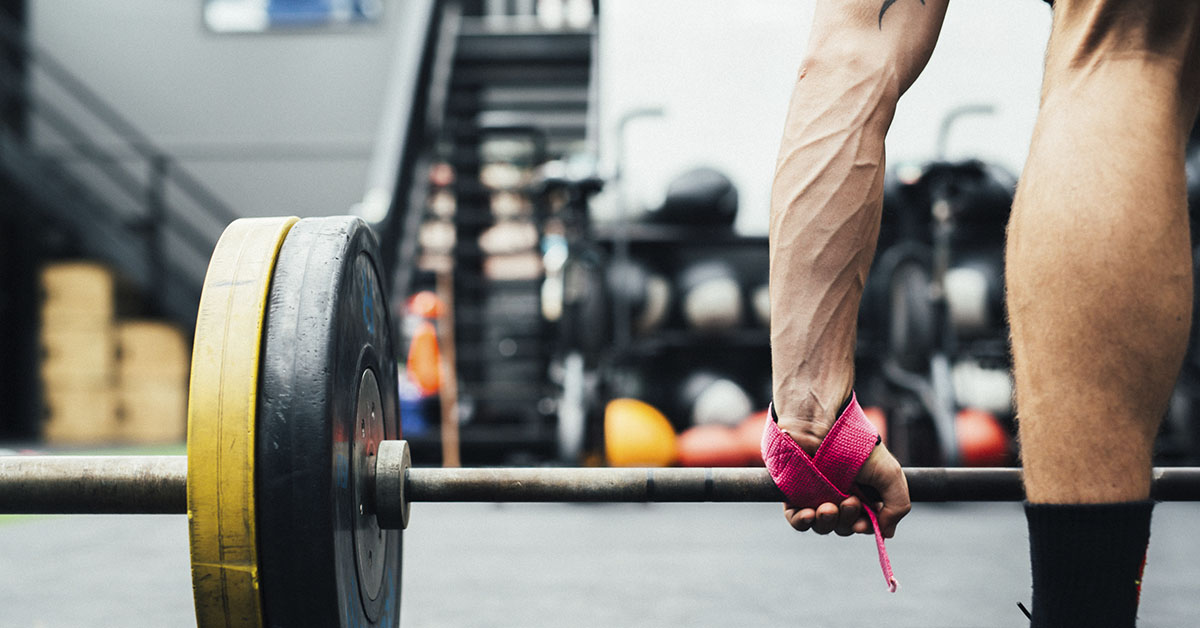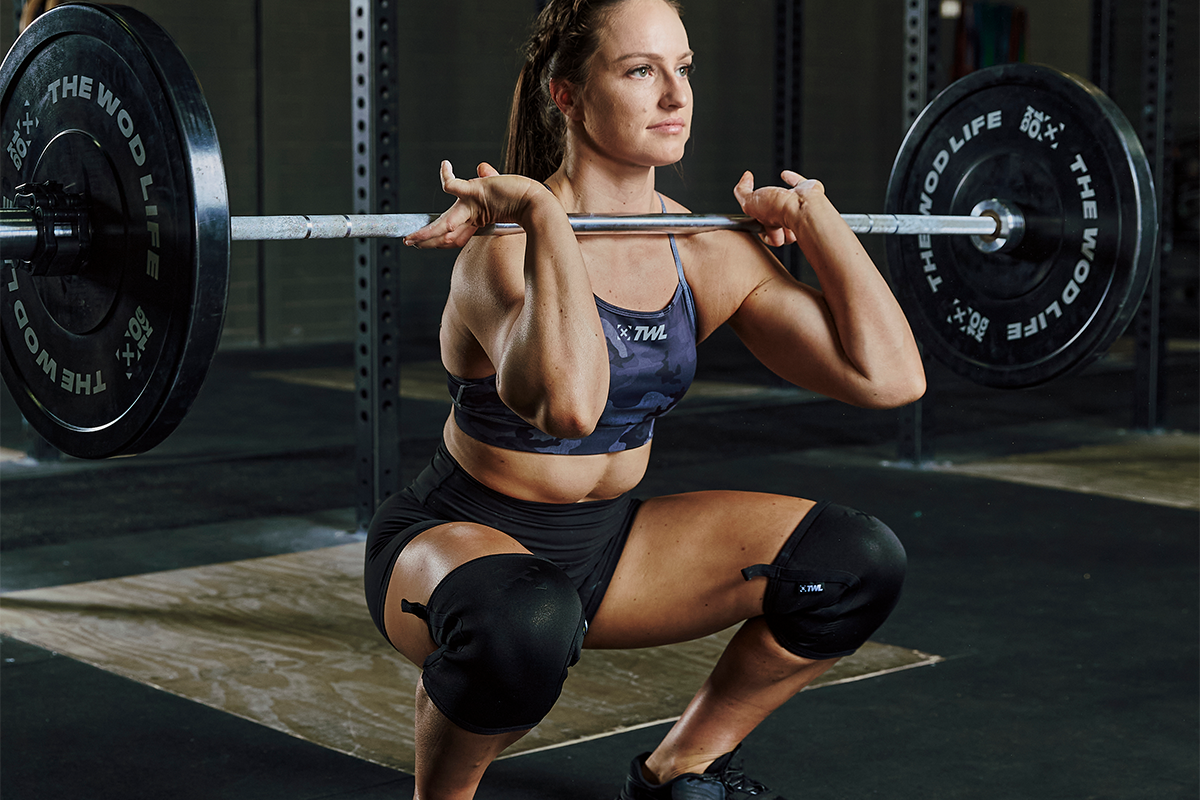Olympic weightlifters have one ultimate goal: to lift more weight in the snatch and clean and jerk. This is not achievable through one exercise alone — lifters have to train in phases and use a wide variety of techniques to improve their form, strength and power. Because these lifts (particularly the snatch) are so technical, it’s necessary to pinpoint weak spots and focus on them specifically. To do this, many athletes lift off blocks. Lifting off blocks is beneficial for a few reasons.
Why Blocks?
Blocks are better for increasing the rate of force development. When you use blocks, you are performing the lift from a full stop and in an unfamiliar place. This means you have no prior momentum from lifting from the floor, and you are forced to achieve the lift from an unfamiliar position; but because every single moment of the pull matters, every position really should be familiar. Blocks help greatly with this.
Also, when you lift from blocks, it allows you to feel the positions better without the fatigue of the weight in your hands. This helps you as an athlete to emphasize the second and/or third pull. It gives your back and legs a break so that you can focus on other challenges, like accelerating after you pass the knees.
Some athletes are able to lift more from the blocks. For most, it’s because they can place themselves in a more balanced position while the weight rests on the blocks. For others, this might simply be a sign of poor starting form. Because the first pull is so taxing, removing it completely (by lifting off blocks) can often mean lifting more weight.
When using blocks, remember that your goal is to eventually transfer this new strength into your full lifts. When you use them without learning to convert the strength to the floor properly, it might turn out to be counterproductive.
When Should You Use Blocks?
Blocks can be utilized for a wide range of rep schemes and starting positions. You can use them to focus on different weak points or mix them with pulls to emphasize the top of the lift.
Block work can be done with relatively heavy weights, if not heavier than the athlete’s maximum. This depends on the skill that the athlete has chosen to develop and the position they lift from. If an athlete has trouble lifting around the knee, you can set up blocks so that the bar begins right below the knee. While some athletes try to “cheat” the position when executing a full lift (even unintentionally), the blocks will force you to confront it.
It’s also particularly beneficial when you need to train around injuries. While it is always advised to rest and not strain yourself further when injured, pulling from blocks is a solid alternative. If an athlete is experiencing back or knee pain, using blocks can help them circumvent this. It’s an interesting addition to any injury program and helps prevent strength loss.
However, you should take caution when training with blocks. A missed lift can be particularly dangerous. Make sure that pulling blocks are clear of change plates that the bar can land on. While missing lifts is part of training, you should still practice missing lifts with lighter weights so that when it happens by accident, your body will know how to move out of the way.
Lifting off blocks has numerous benefits: you can develop your speed, practice the pull, work on getting under the bar more quickly and add variety to workouts. And if you ever doubt that big things can happen from the blocks, never forget this moment:
Main image: Mattie Rogers/Instagram

















